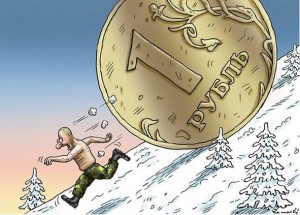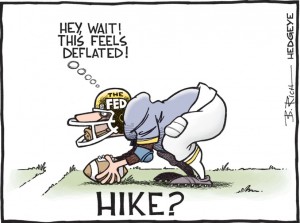Laura Tyson and Lenny Mendonca write: Today’s labor markets are undergoing radical change, as digital platforms transform how they operate and revolutionize the nature of work. In many ways, this is a positive development, one that has the potential to match workers with jobs more efficiently and transparently than ever before. But the increasing digitization of the labor market also has at least one very worrying drawback: it is undermining the traditional employer-employee relationships that have been the primary channel through which worker benefits and protections have been provided.
The ecosystem of digital labor platforms is still in its infancy, but it is developing rapidly. Large popular platforms like LinkedIn have so far mainly been used to match high-skill workers with high-end jobs. But these platforms are already expanding to accommodate middle-skill workers and jobs. Nearly 400 million people have posted their resumes on LinkedIn, and in 2014 the site facilitated more than one million new hires worldwide.
Meanwhile, other types of digital platforms are emerging, linking workers with customers or companies for specific tasks or services. Such platforms play a growing role in the market for “contingent” or “on-demand” workers, broadly defined as workers whose jobs are temporary and who do not have standard part-time or full-time contracts with employers. Well-known digital platforms that link contingent workers directly to customers include Lyft, TaskRabbit, Uber, and Angie’s List. Freelancer.com and Upwork are examples of platforms that help companies find and hire contingent workers for a range of specialized tasks such as software or website development. Freelancer.com has more than 17 million users worldwide.
The trouble is that even as these sites provide new opportunities for workers and companies, they are bypassing the traditional channels through which the US and many countries deliver benefits and protections to their workforce. In the US, in particular, the “social contract” has long relied on employers to deliver unemployment insurance, disability insurance, pensions and retirement plans, worker’s compensation for job-related injuries, paid time off, and protections under the Fair Labor Standards Act. Although the Affordable Care Act has made it easier for workers to acquire health insurance on their own, most workers continue to receive health insurance through their employers. How To Reweave the Social Safety Net in the Age of Digital Platforms








